- Home
- slideshows
- miscellaneous
- The 9 biggest scams to avoid when buying a car on Craigslist
The 9 biggest scams to avoid when buying a car on Craigslist
Spoof pages

Curbstoning
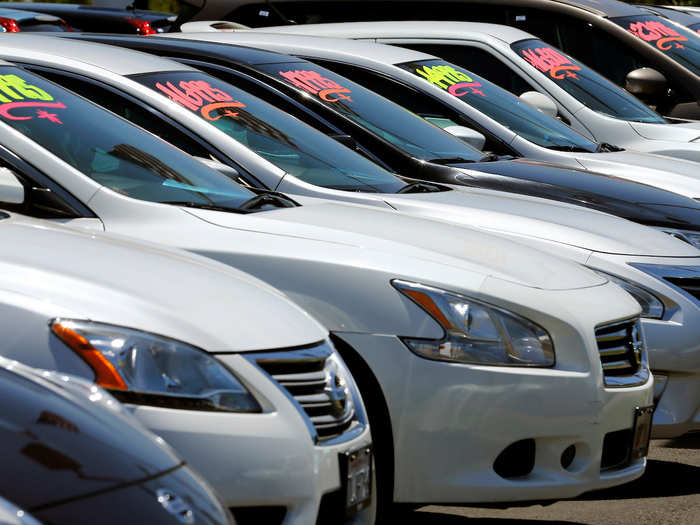
While there's nothing illegal about selling your car to an individual instead of going through a dealer, people who sell a certain number of vehicles a year (the number varies from state to state) are supposed to get licensed. Those who don't, and pose as individual sellers, are known as curbstone dealers.
There's likely a reason that they're trying to bypass the rules licensed dealers need to follow, like guaranteeing money back if the car ends up being a lemon. And curbstone dealers are "often transient or, at the minimum, difficult to locate, Petersen said.
If something does go wrong, you — and the authorities — will have a tough time tracking that curbstone seller down.
Hidden damage
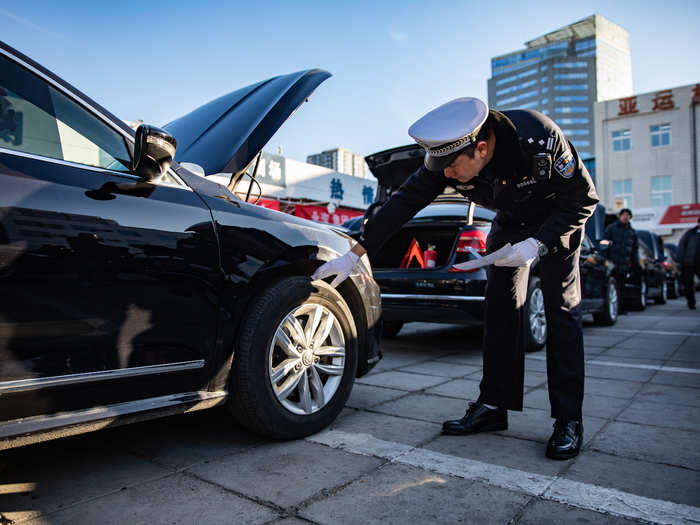
Unless you have a mechanic's-level knowledge of cars, your untrained eye might not realize that high-end parts have been replaced with subpar pieces or that the airbags are missing.
Your mechanic will be able to tell you if there's anything wrong with the vehicle, so ask the seller if a trusted auto expert — not the one the seller supposedly hired — can look it over before you commit.
"If a seller won't allow you to take it to a mechanic before you buy, immediately go elsewhere," Petersen said.
The sob story
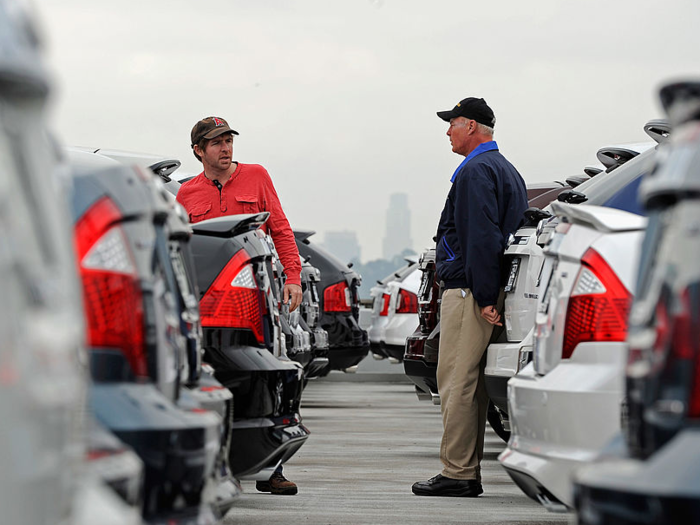
Plenty of salespeople make a deal by pressuring buyers, and in the case of Craiglist, it gets personal. Scammers tug on your heartstrings to encourage you to make a snap decision based on a hard-luck story.
They might say they're about to be deployed by the military, or claim they've lost their job and won't be able to pay rent without selling their car.
"Scammers often have some hard luck story to play on your sympathy," says Hutt. "They push you to pay quickly — because of their emergency — before you can think twice or get advice from someone else."
The little-by-little payment
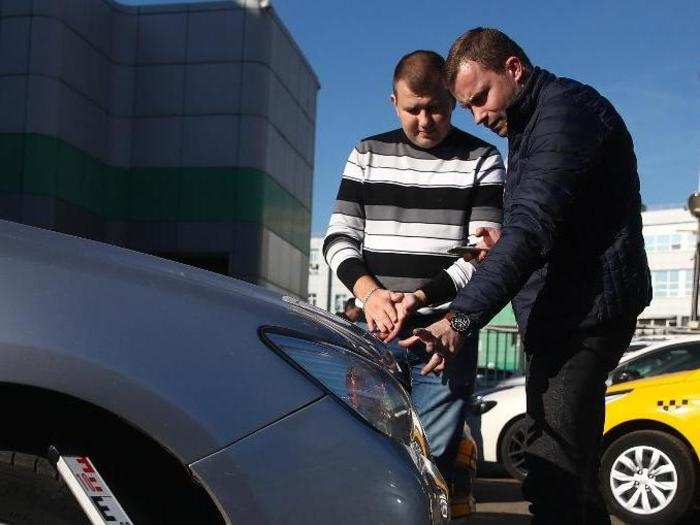
On fake listings, scammers know buyers' alarm bells will go off if they ask for $20,000 up front, which is why they'll get it to trickle in little by little. Often, they'll claim the car is in high demand, so they won't be able to guarantee the way-below-average price unless you put down a payment.
Read more: 8 of the best car accessories you can buy at Costco
"The scammer will ask for money in smaller amounts rather than all at once," says Hutt. "First it's a deposit, then a payment, then shipping."
Next thing you know, you've put down a big chunk of change for a car that you'll never see.
False security

Escrow sites are designed to protect you as a consumer. You pay a third-party site instead of sending it straight to the seller, and if anything goes wrong, the escrow will give your money back to you — not the scammer.
But fraudsters know that online shoppers are looking for protection like that, so they'll trick you into thinking you're entering a safe agreement by spoofing an existing escrow site or setting up their own.
Don't automatically trust an escrow site that a seller recommends. The BBB suggests researching the site yourself, and only trusting escrow services that are licensed by the state.
Turning back the clock
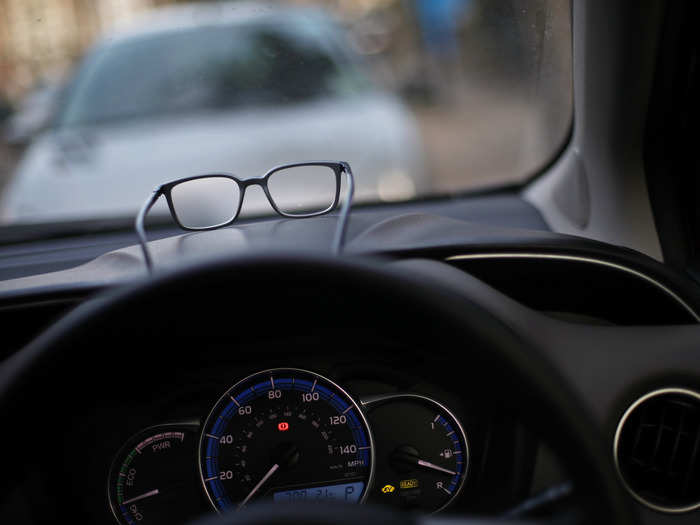
Rolling back the odometer is one of the oldest tricks in the books. The number of miles that a car has driven is a good indicator of how much wear and tear it's gone through, so skimming a mile or two (or 10,000) off the top tricks buyers into thinking they've bought a practically new vehicle.
The average driver takes their car for about 13,000 miles every year, according to the US Department of Transportation Federal Highway Administration, so if a five-year-old car only has 15,000, that could be a tipoff that the mileage isn't accurate.
Of course, some people really do drive less — teens and elderly people tend to drive less than 8,000 a year, for instance — so compare the odometer reading the car's other features, recommends the BBB. You shouldn't see worn-out tires and a well-loved interior on a supposedly barely driven vehicle.
A rewritten history
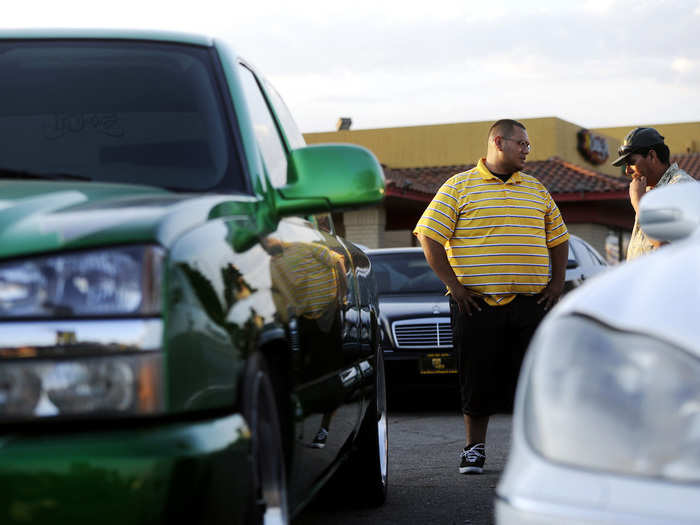
Even if the car looks like it's in good shape, there could be damage from an old accident or flooding that the seller is purposely trying to hide. Be skeptical, even if the owner offers you a copy of the vehicle history report — the seller might have forged it to clean up its history.
Instead, ask for the vehicle identification number, or VIN, and do your own sleuthing through trusted third parties like Carfax — but know that even those can be missing information because "public records are horribly incomplete," Petersen said.
"I recommend consumers check the VIN on several locations on the vehicle for consistency to identify cars that have undergone major reconstruction or even possible theft," he said.
A too-short test ride
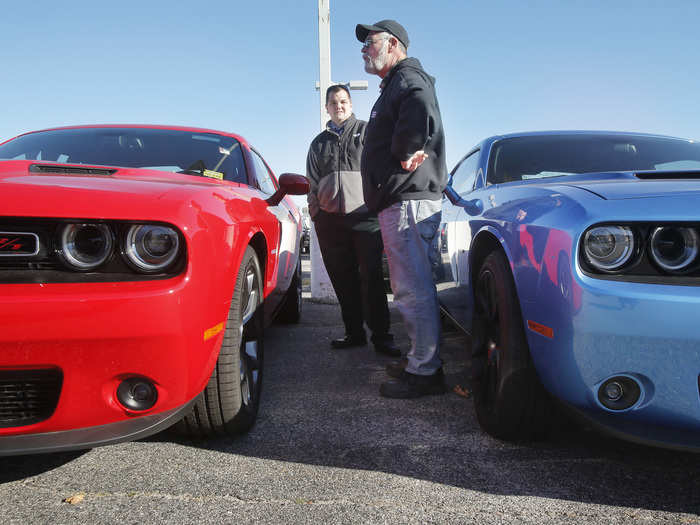
"The most common problem consumers describe to me is that they purchased a used car in response to an ad on Craigslist, and the seller allowed them to take a test drive that can be described as a drive around the block in an area where the speed limits were quite low," said Petersen.
Until you've been in a more realistic driving scenario, you won't be able to tell how the vehicle actually drives and whether it's been through proper maintenance, he says. Ask for a longer test drive; a seller who refuses might have something to hide.
Popular Right Now
Advertisement